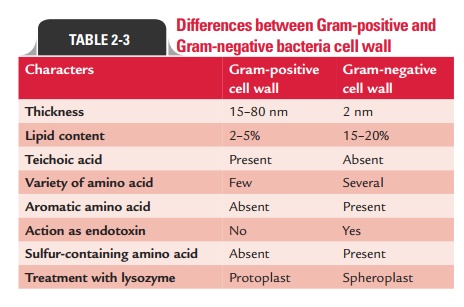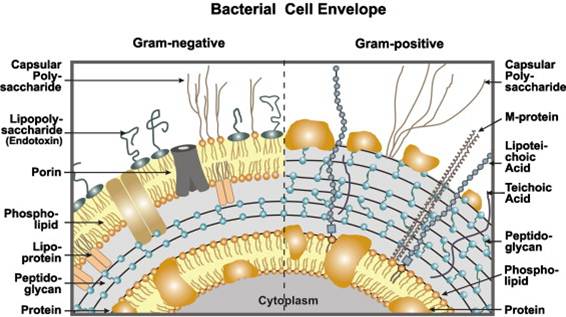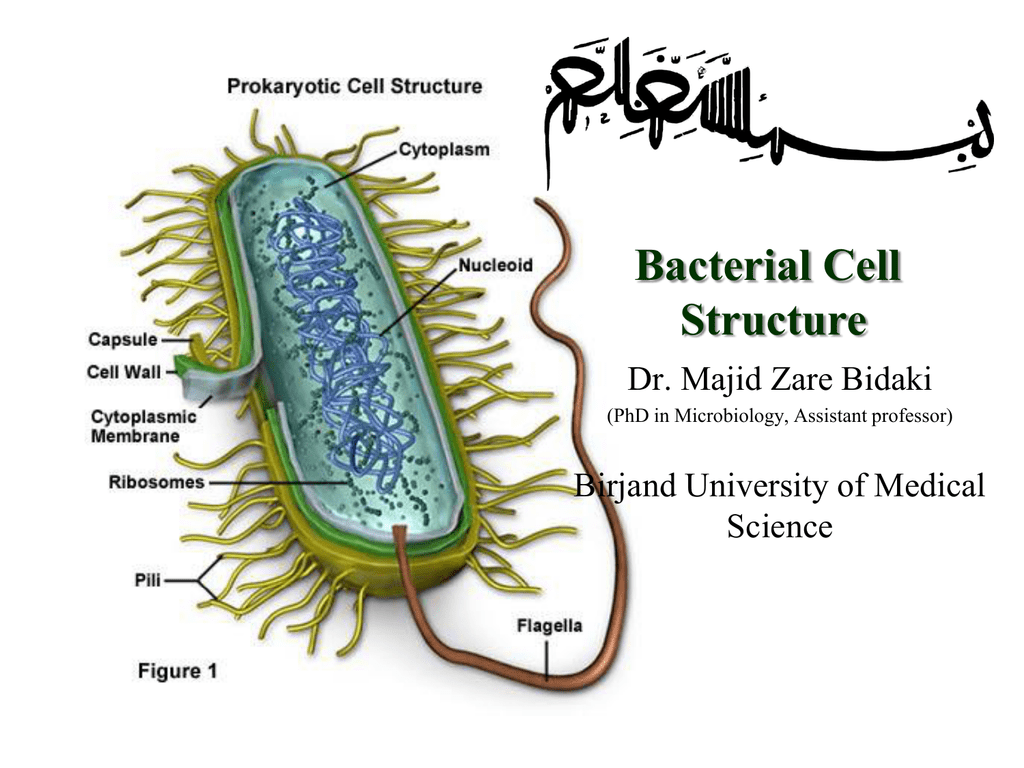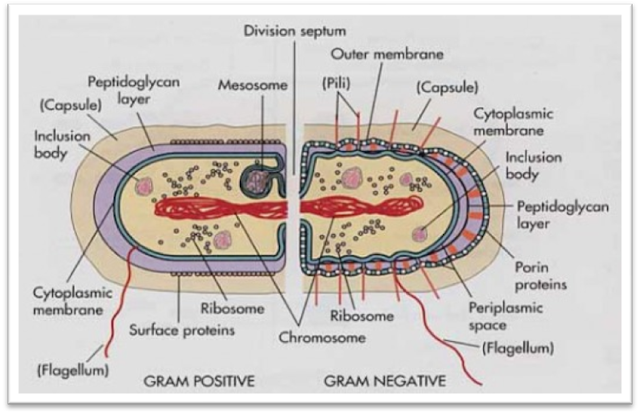
In prokaryotes, the primary function of the cell wall is to protect the cell from internal turgor pressure caused by the much higher concentrations of proteins, and other molecules inside the cell compared to its external environment. As in other organisms, the bacterial cell wall provides structural integrity to the cell. The cell envelope is composed of the cell membrane and the cell wall. The reason for the existence of large cells is unknown, although it is speculated that the increased cell volume is used primarily for storage of excess nutrients.Ĭomparison of a typical bacterial cell and a typical human cell (assuming both cells are spheres) :Ĭell wall The structure of peptidoglycan At low surface area-to-volume ratios the diffusion of nutrients and waste products across the bacterial cell membrane limits the rate at which microbial metabolism can occur, making the cell less evolutionarily fit. Small size is extremely important because it allows for a large surface area-to-volume ratio which allows for rapid uptake and intracellular distribution of nutrients and excretion of wastes. 10 9 cells/ml) yields about 1 g wet cell mass. Therefore, a typical fully grown 1-liter culture of Escherichia coli (at an optical density of 1.0, corresponding to c. About half of the dry mass of a bacterial cell consists of carbon, and also about half of it can be attributed to proteins. The dry mass of a single cell can be estimated as 23% of the wet mass, amounting to 0.2 pg. This corresponds to a wet mass of about 1 picogram (pg), assuming that the cell consists mostly of water. For example, Escherichia coli cells, an "average" sized bacterium, are about 2 µm ( micrometres) long and 0.5 µm in diameter, with a cell volume of 0.6–0.7 μm 3. Perhaps the most obvious structural characteristic of bacteria is (with some exceptions) their small size. Bacteria generally form distinctive cell morphologies when examined by light microscopy and distinct colony morphologies when grown on Petri plates. Caulobacter) and some produce elaborate structures bearing reproductive spores (e.g. Some bacteria have complex life cycles involving the production of stalks and appendages (e.g.

Perhaps the most elemental structural property of bacteria is their morphology (shape).


Because of the simplicity of bacteria relative to larger organisms and the ease with which they can be manipulated experimentally, the cell structure of bacteria has been well studied, revealing many biochemical principles that have been subsequently applied to other organisms.Ĭell morphology Bacteria come in a wide variety of shapes. Many structural features are unique to bacteria and are not found among archaea or eukaryotes. The bacterium, despite its simplicity, contains a well-developed cell structure which is responsible for some of its unique biological structures and pathogenicity. JSTOR ( November 2014) ( Learn how and when to remove this template message).Unsourced material may be challenged and removed.įind sources: "Bacterial cell structure" – news Please help improve this article by adding citations to reliable sources.

This article needs additional citations for verification.


 0 kommentar(er)
0 kommentar(er)
